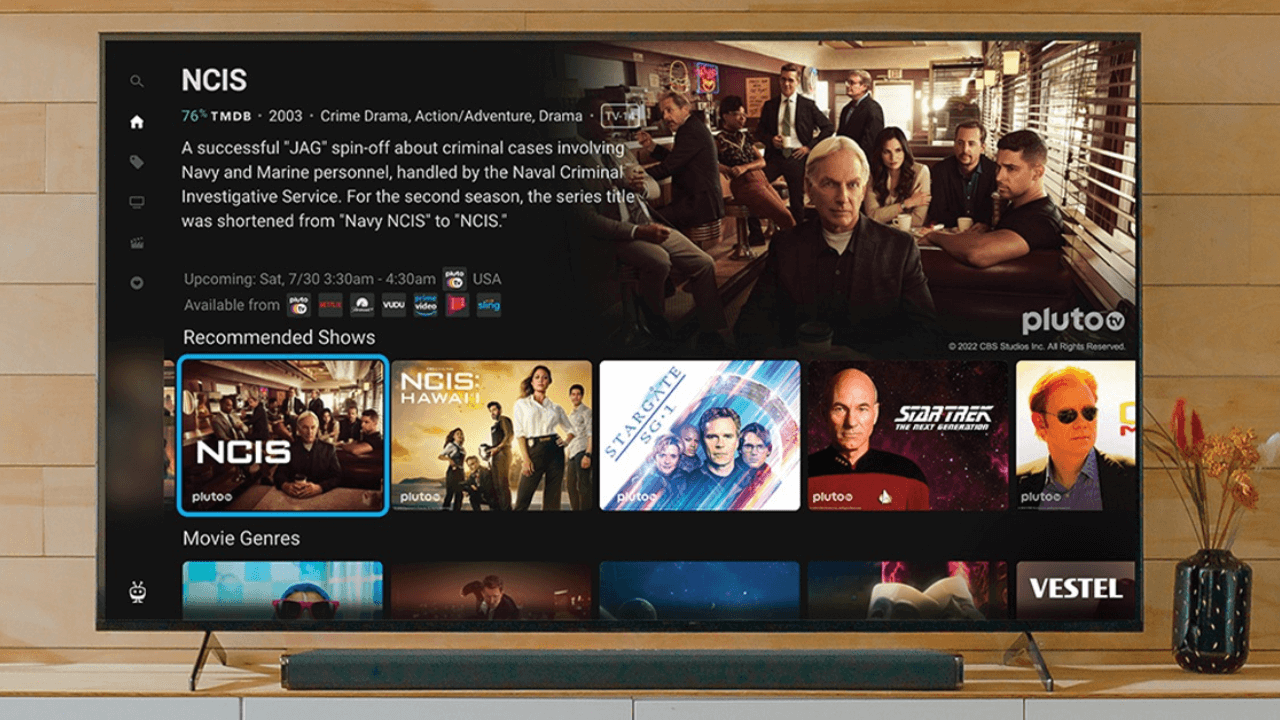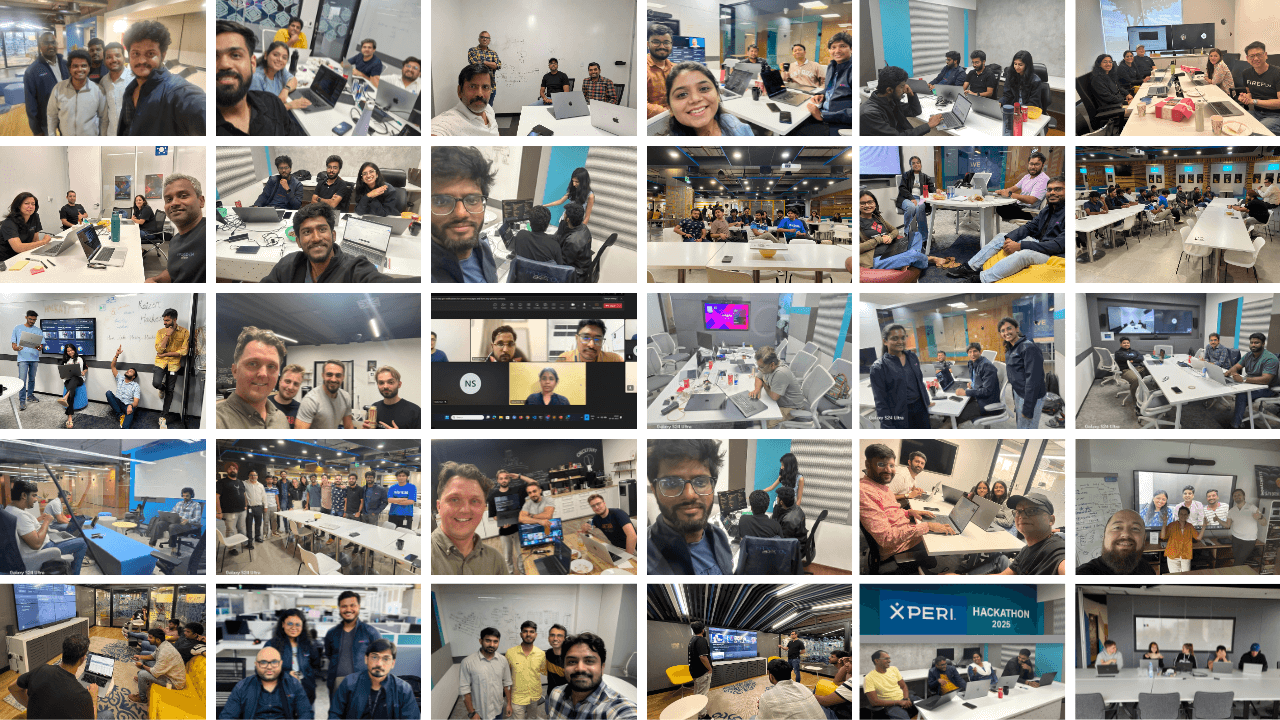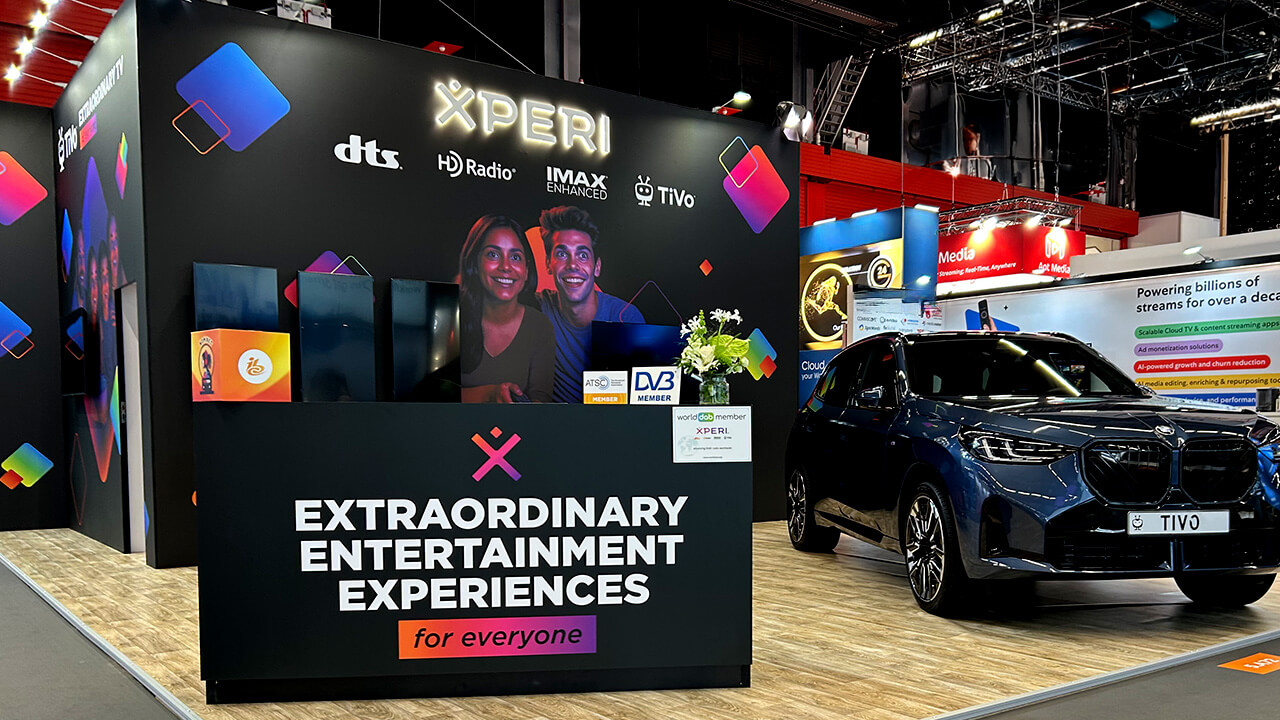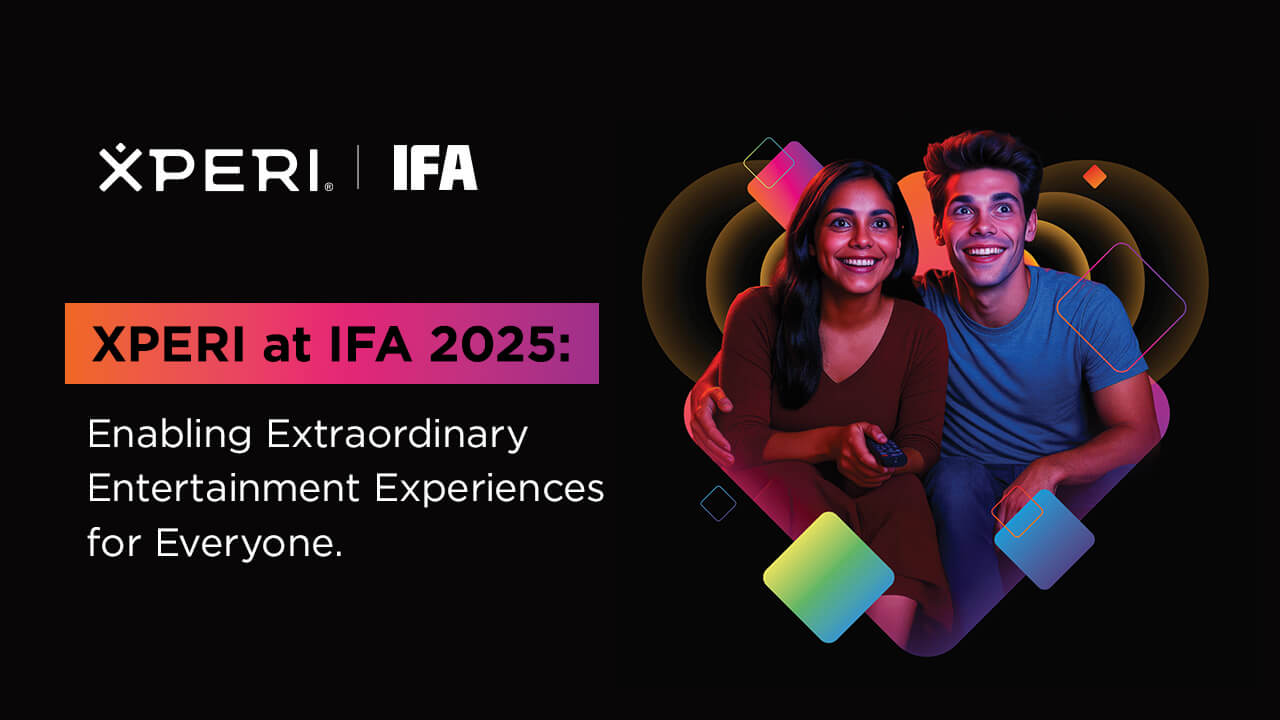When a consumer sets out to buy a new TV, many analyze the hardware and feature sets. Sound capabilities, screen size, picture quality, connectivity, price, design and aesthetic and brand reputation. While those components may be important, it is missing a very crucial piece of the TV — the operating system (OS). A TV’s OS should be one of the main components being analyzed when looking for a new TV as it shapes the overall user experience, functionality, content availability and long-term usefulness of a smart TV. In order to get a better understanding as to why a TV OS system is critical, we sat down with Pat Byrden, vice president of business development and strategy, to learn more about what to be aware of.
How does the TV’s OS impact the user experience and functionality of the device?
On a very basic level, a TV’s OS dictates how quickly you can get to great content. On a broader level, a well-designed OS can make the TV more intuitive and efficient to use, and determines the overall user interface, navigation, and accessibility of the device. It also powers app support, search, voice control, recommendations and connectivity with other devices.
Some more advanced solutions, such as TiVo’s, provide an integrated and aggregated content experience for users. By unifying metadata from multiple sources, these solutions allow users to seamlessly discover and access content across various providers without having to navigate between individual apps. This streamlined interface and content discovery process significantly enhances the overall user experience.
What are the key features and capabilities that a consumer should look for in a TV’s operating system?
Outside of the typical hardware and pricing considerations, users will usually look at the availability and quality of apps and streaming services supported. This makes sense. If you are used to watching your favourite cooking show each season, your new TV should not let you down. Additionally, however, it is valuable to ease of navigation, content discovery options, customization and personalization options, and the potential for regular software updates to ensure the OS stays current. Voice is often the quickest way to find your content so a robust and conversational solution really helps.
How can the TV’s OS affect the availability and quality of apps, streaming services, and other content on the device?
Content-availability is a key factor in the decision-making process. A more open and flexible OS may allow for a wider selection of apps, while a proprietary OS may limit content options to the provider’s own services. If you think about it, if an OS provider is also a content owner, they may be biased towards their own library. With our TiVo OS, we aim to provide an independent solution, which aggregates the best content irrespective of source.
What are the potential benefits of a smart TV with a modern, user-friendly OS compared to a traditional TV?
A smart TV OS offers several benefits over a traditional TV. It provides a more streamlined and integrated content discovery experience, allowing users to quickly find and access content from various sources. The personalized recommendations and ability to customize the user’s profile further enhance the experience.
Additionally, with the adoption of linear content over IP, it gives users a full TV experience in one place, with no need for a set top box or even a cable.
How do operating system updates for TVs affect the longevity and usefulness of the device over time?
Regular OS updates can introduce new features, improve performance, and ensure compatibility with the latest content and service providers.
By keeping the OS current, the TV can remain a relevant and functional device for a longer period, compared to traditional TVs with limited update capabilities.
How can the TV’s OS influence the ability to customize and personalize the device to meet the user’s specific needs and preferences?
The OS is absolutely central to customizing and personalizing the experience. The user can dictate which streaming services they see content for, while limiting recommendations from services they don’t want to see. Additionally, personalization of content recommendations means that sports fans, for example, see more big game action than drama fans.
Learn more about TiVo OS here.



